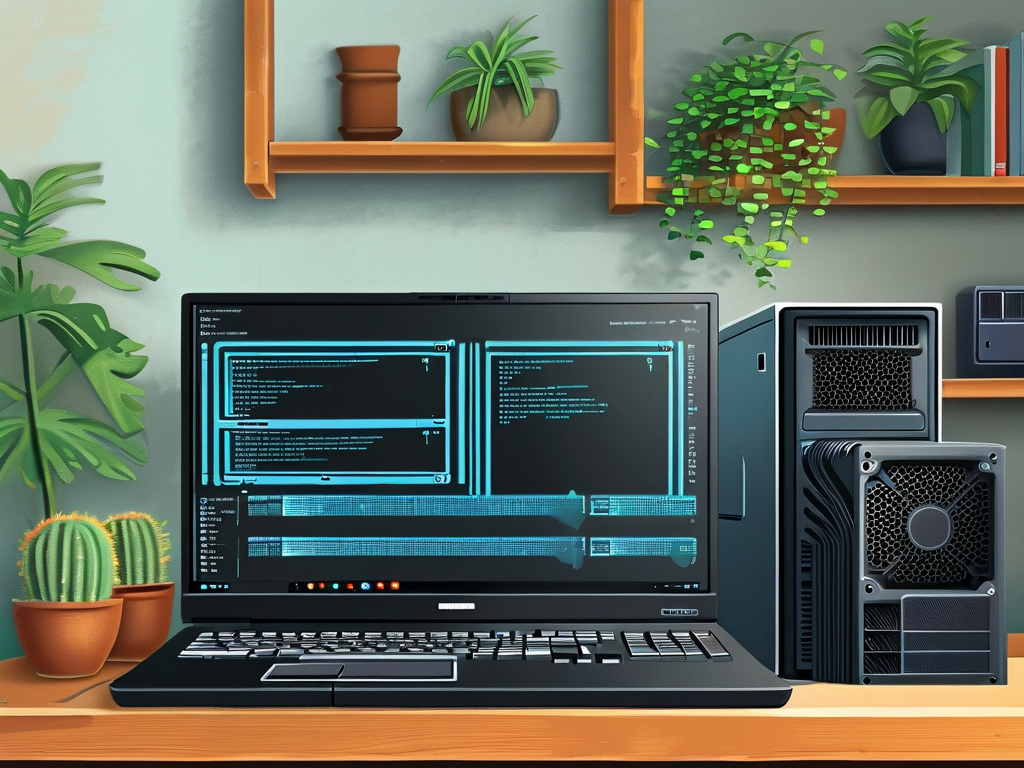Installing computer memory (RAM) is one of the most cost-effective ways to boost your system's performance. Whether you're upgrading an aging PC or building a new workstation, understanding the process can save time and money. This guide walks through the essential steps while highlighting common pitfalls to avoid.

Understanding RAM Compatibility
Before purchasing new memory modules, verify your motherboard's specifications. Check the supported RAM type (DDR4, DDR5), maximum capacity, and speed limits. Manufacturers like Crucial and Kingston offer online tools to scan your system and recommend compatible kits. For example, a motherboard designed for DDR4-3200 won’t support DDR5 modules, and mixing different RAM speeds may cause instability.
Preparation and Safety Measures
- Power down your computer and unplug all cables.
- Ground yourself using an anti-static wristband or by touching a metal surface to prevent electrostatic discharge.
- Gather tools: A Phillips-head screwdriver (for case panels) and your RAM kit.
Physical Installation Process
Open the computer case by removing the side panel. Locate the RAM slots—typically positioned near the CPU cooler. Most motherboards feature two to four slots, often color-coded for dual-channel configurations.
To install:
- Release the plastic retention clips on both ends of the slot.
- Align the notch on the RAM stick with the slot’s keying mechanism.
- Firmly press down until the clips snap into place. Avoid forcing the module; if resistance occurs, realign and try again.
For dual-channel setups (recommended for optimal performance), insert matching RAM pairs into corresponding slots—e.g., Slot A1 and B1. Consult your motherboard manual for specific channel pairing guidance.
Post-Installation Checks
After securing the modules, reconnect power and peripherals. Power on the system and enter the BIOS/UEFI (usually by pressing DEL/F2 during boot). Navigate to the memory settings to confirm the RAM is detected and running at the correct speed. If the system fails to boot:
- Reseat the modules to ensure proper contact.
- Test individual sticks in different slots to identify faulty hardware.
Troubleshooting Common Issues
- No Display: Incorrect seating is the most frequent culprit. Reinstall the RAM and ensure full insertion.
- Blue Screen Errors: Incompatible RAM speeds or timings may require manual BIOS adjustments.
- Partial Capacity Detection: Update the motherboard firmware or check for OS limitations (32-bit Windows caps RAM at 4GB).
Optimizing RAM Performance
Once operational, enable XMP (Extreme Memory Profile) in the BIOS to unlock advertised speeds. For content creators or gamers, monitor usage via Task Manager (Windows) or Activity Monitor (macOS) to determine if further upgrades are necessary.
When to Seek Professional Help
If persistent issues arise—such as bent motherboard pins or BIOS corruption—consult a technician. Similarly, laptops with soldered RAM require specialized tools for replacement.
By following these steps, even novice users can successfully upgrade their system’s memory. Regular maintenance, like cleaning dust from DIMM slots, ensures long-term reliability. Always document your hardware specifications before making changes, and consider benchmarking tools like MemTest86 to validate stability after installation.


